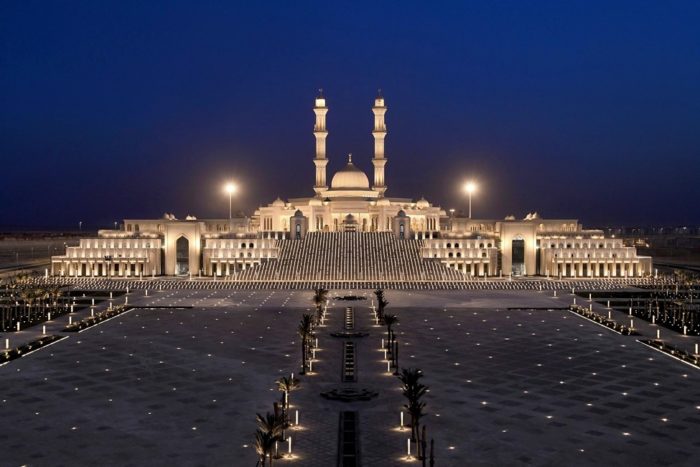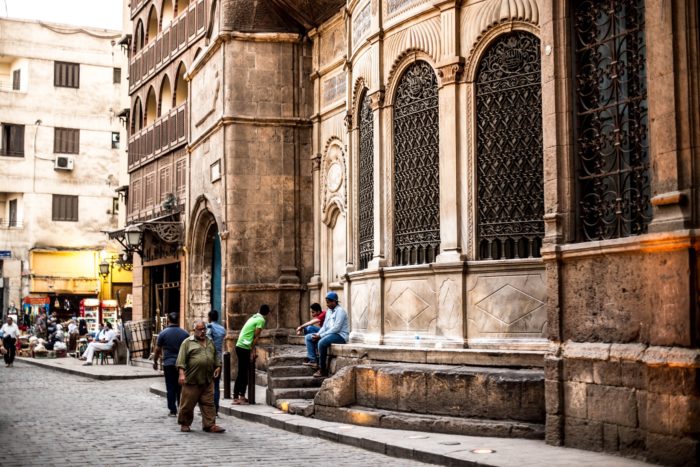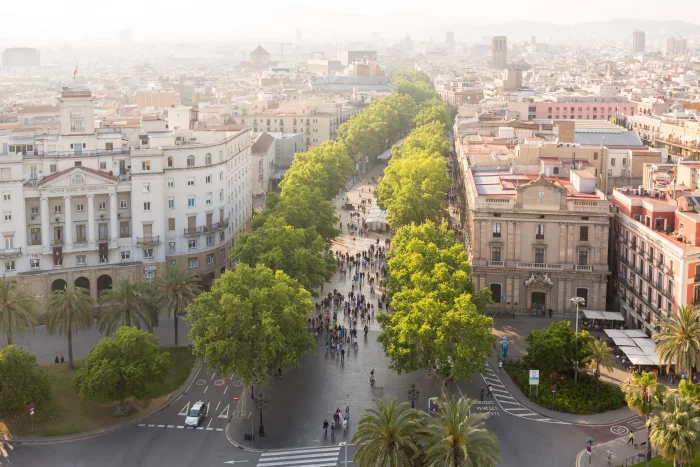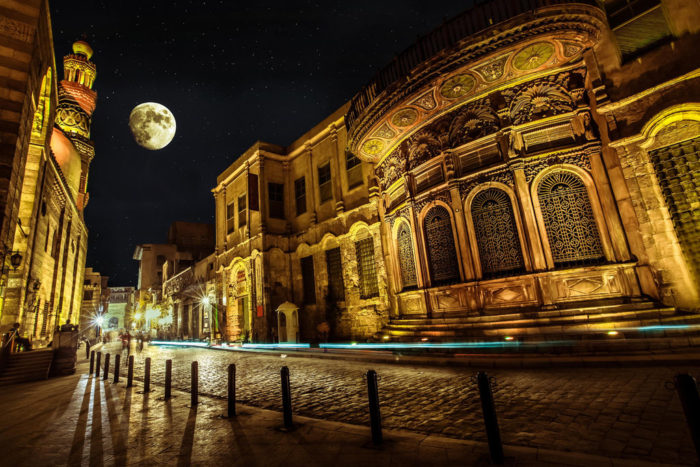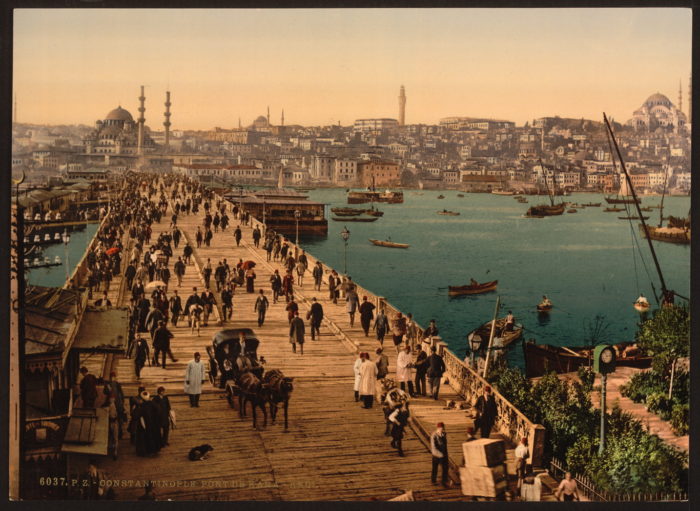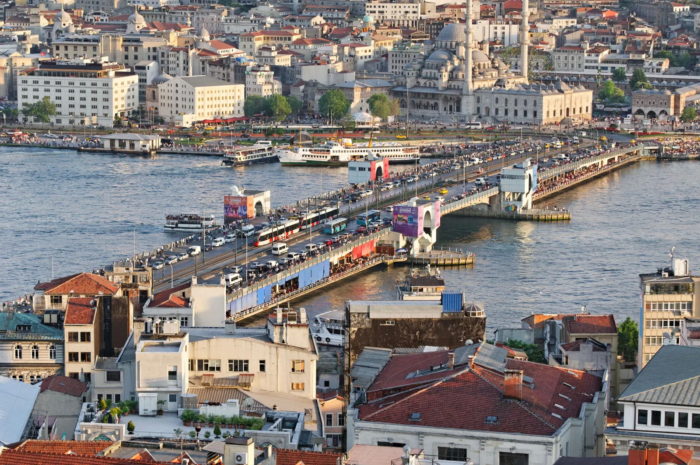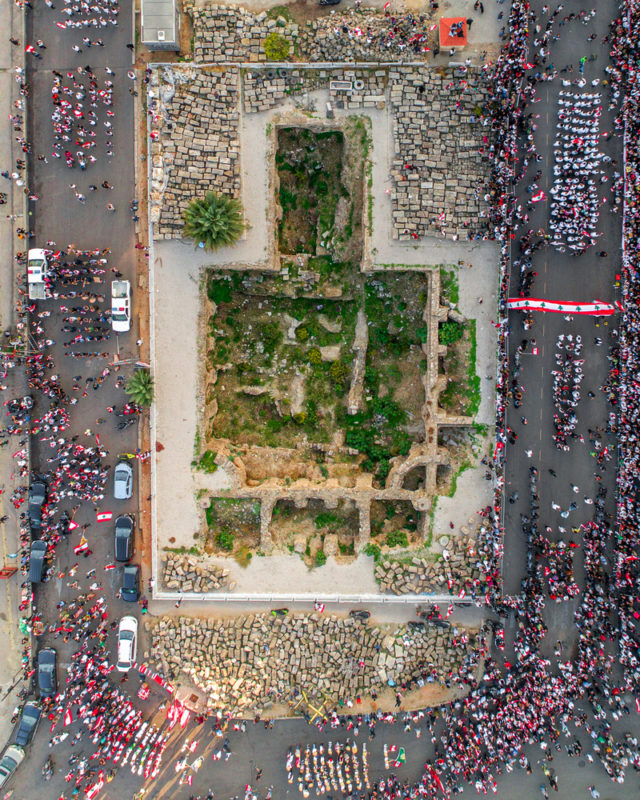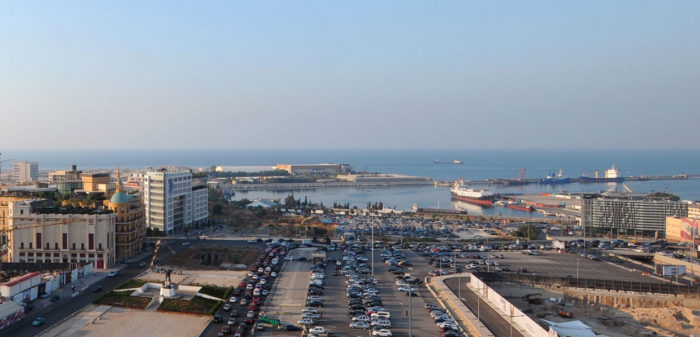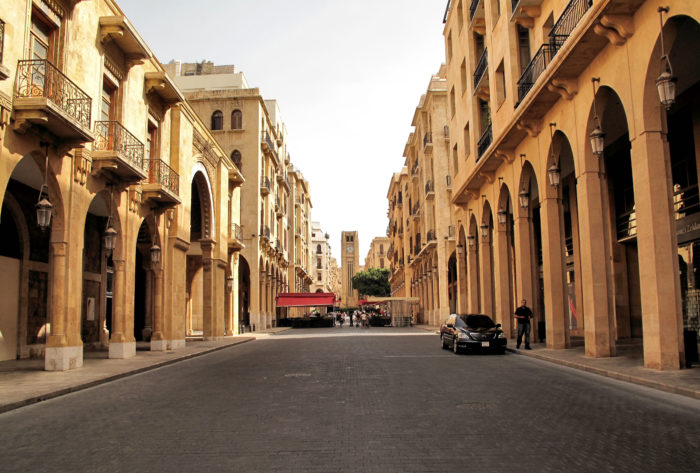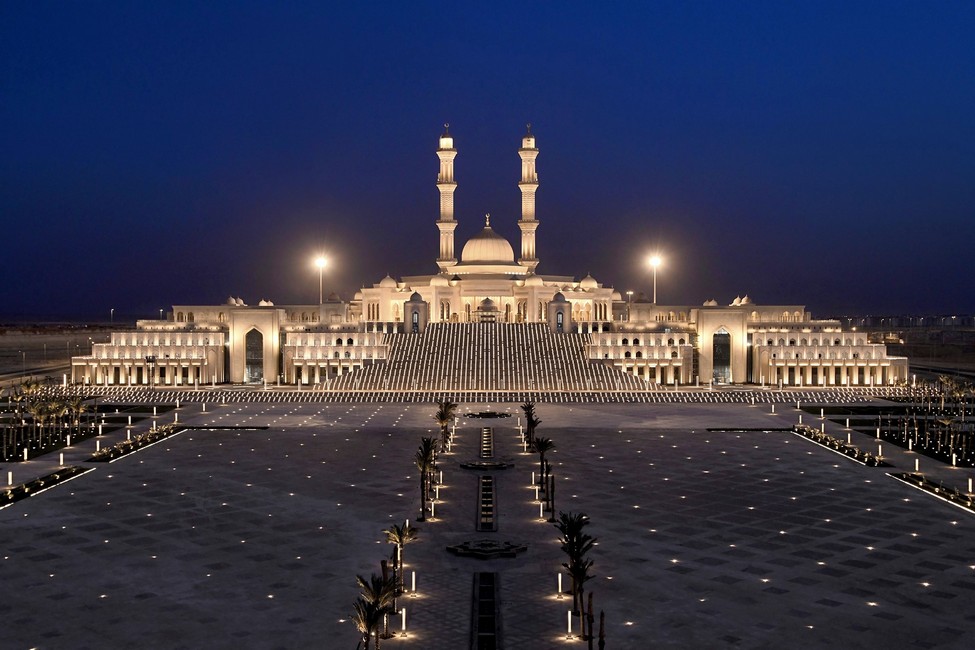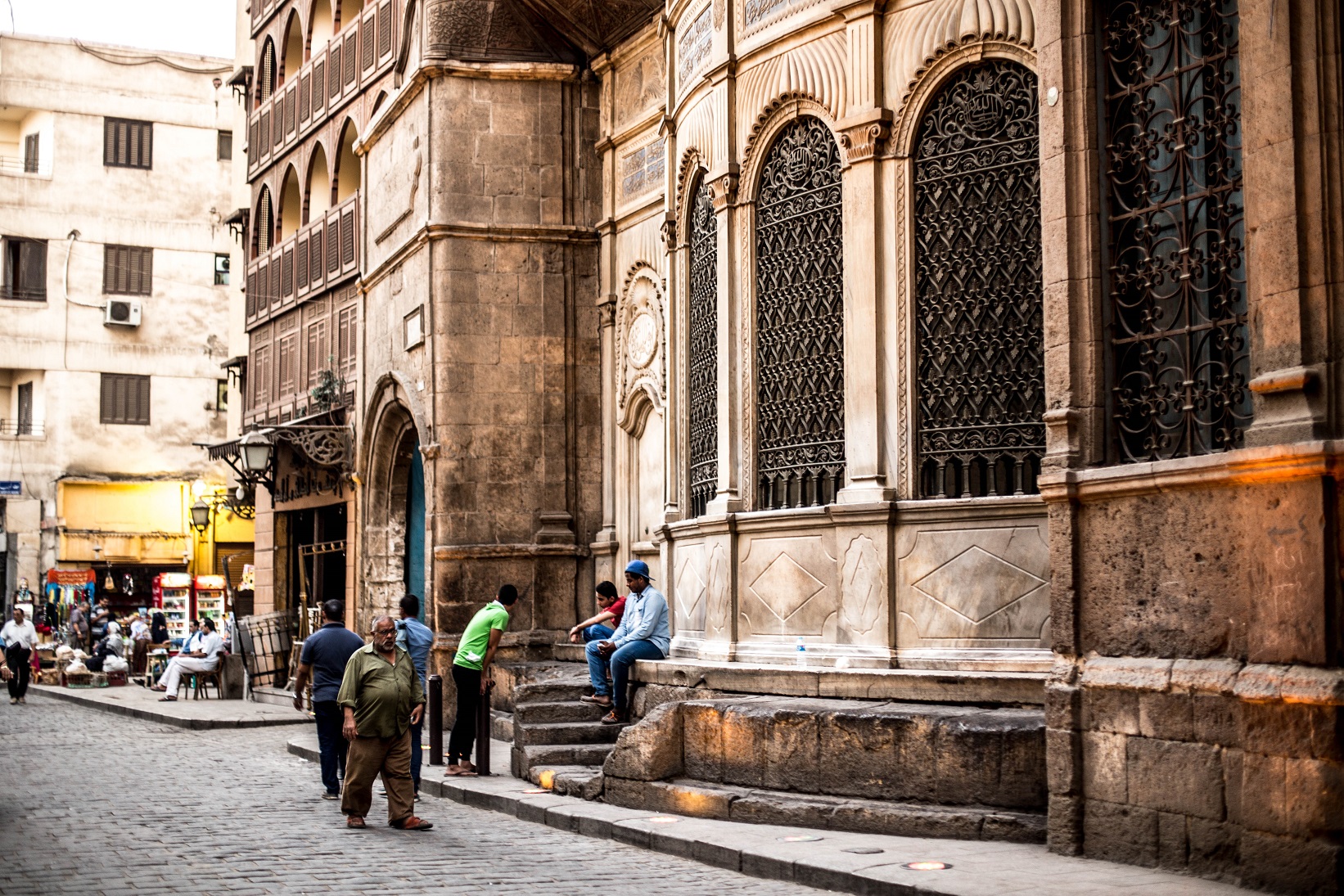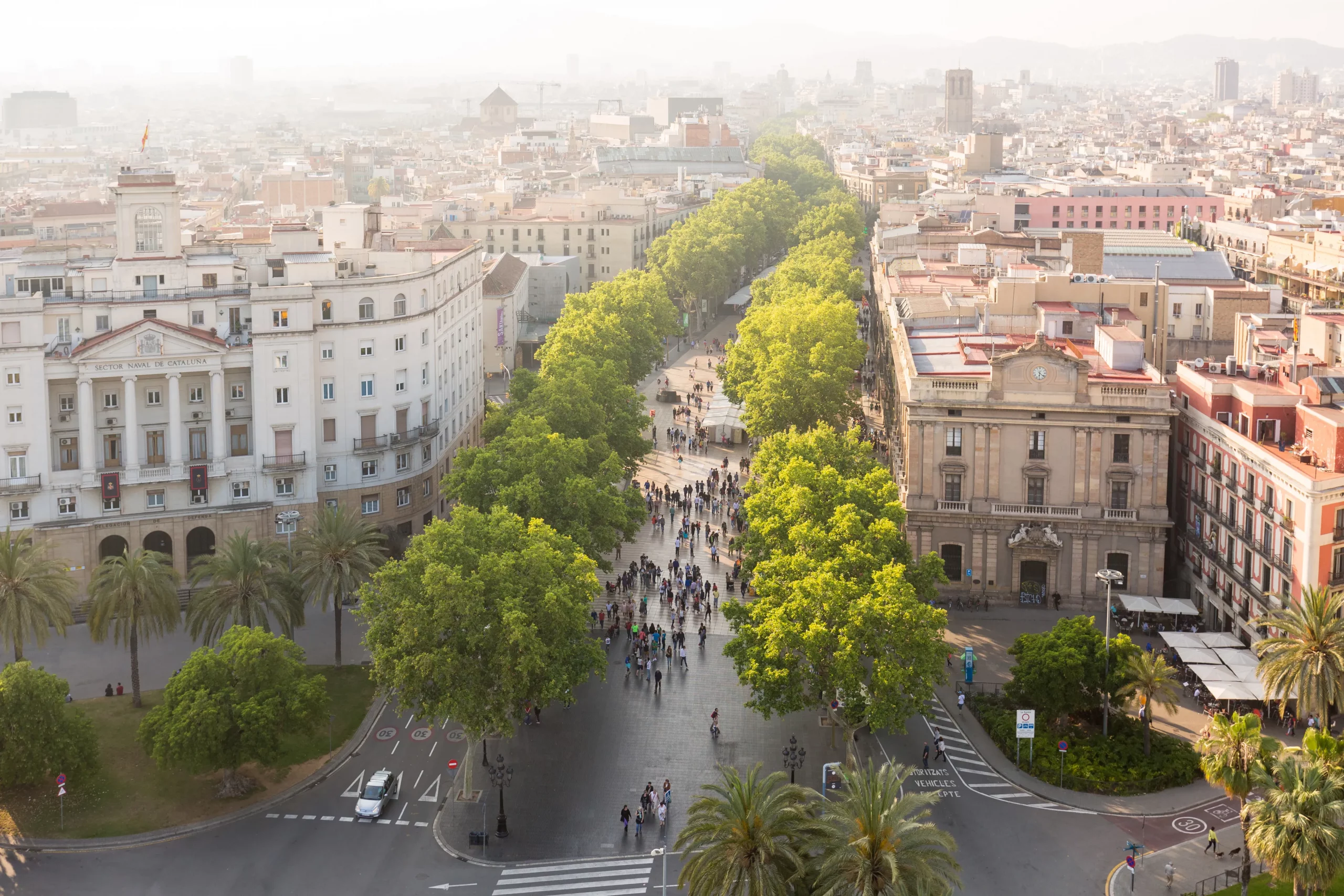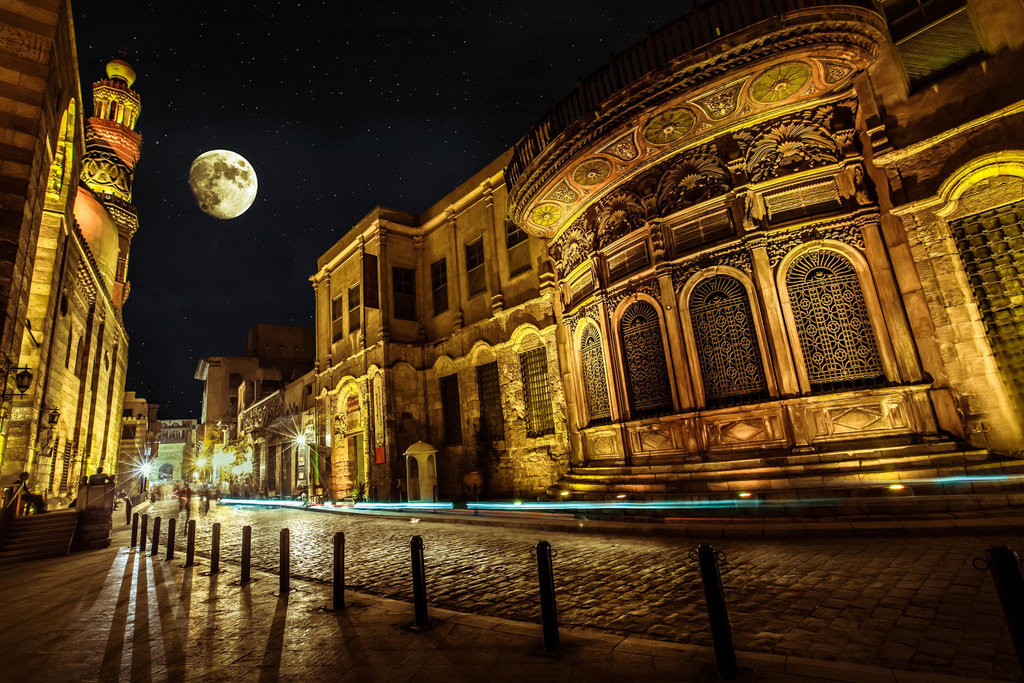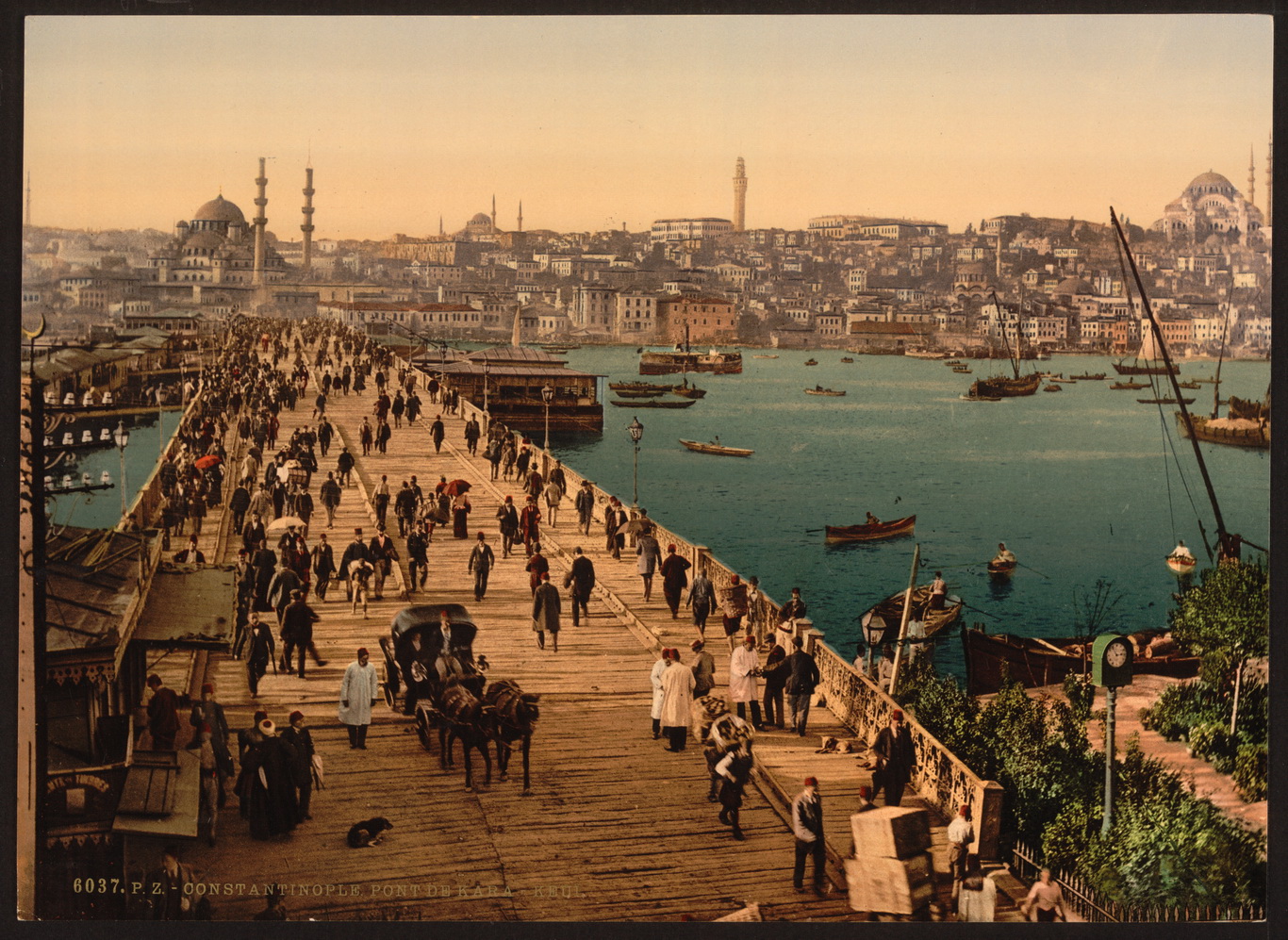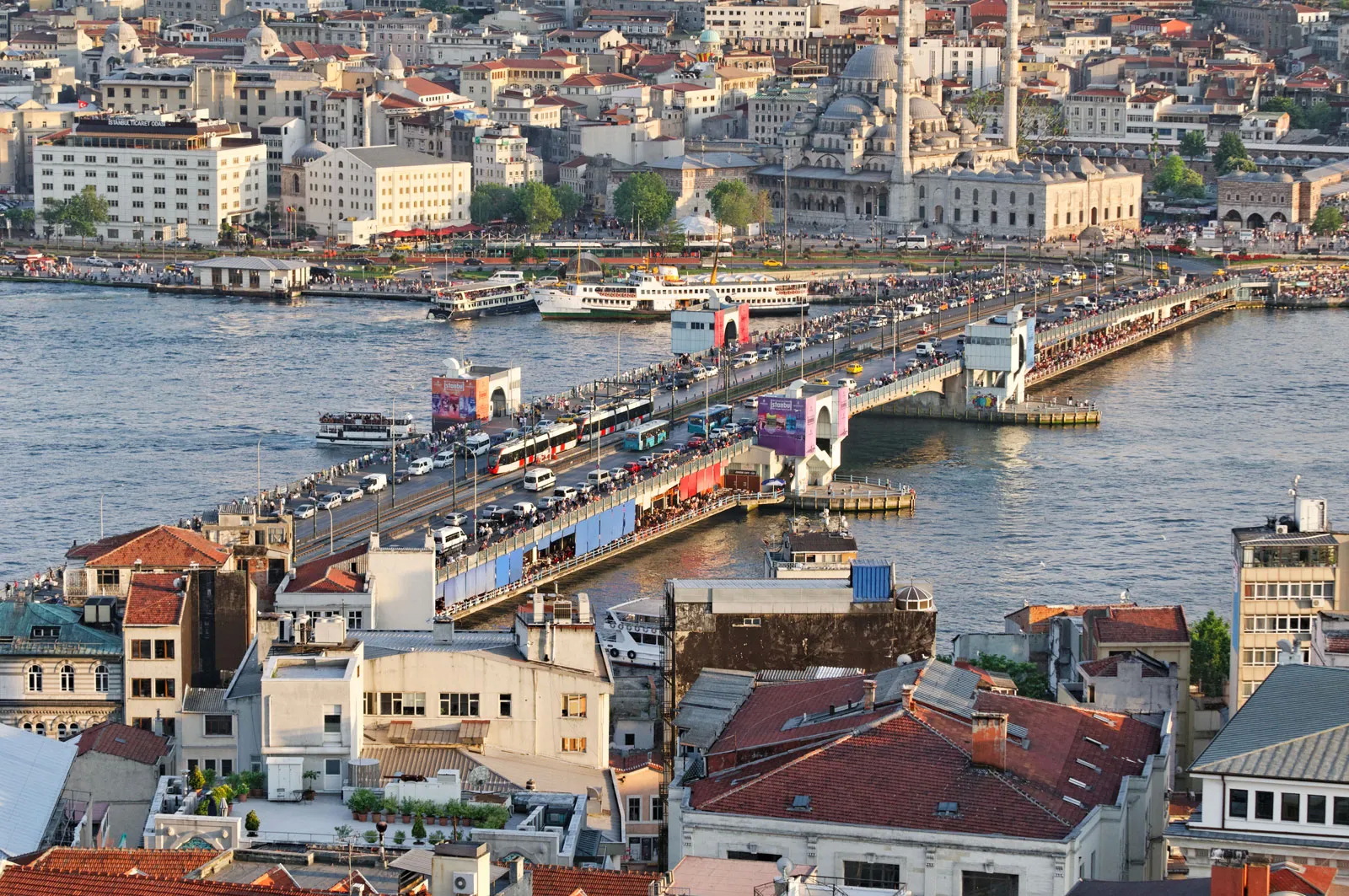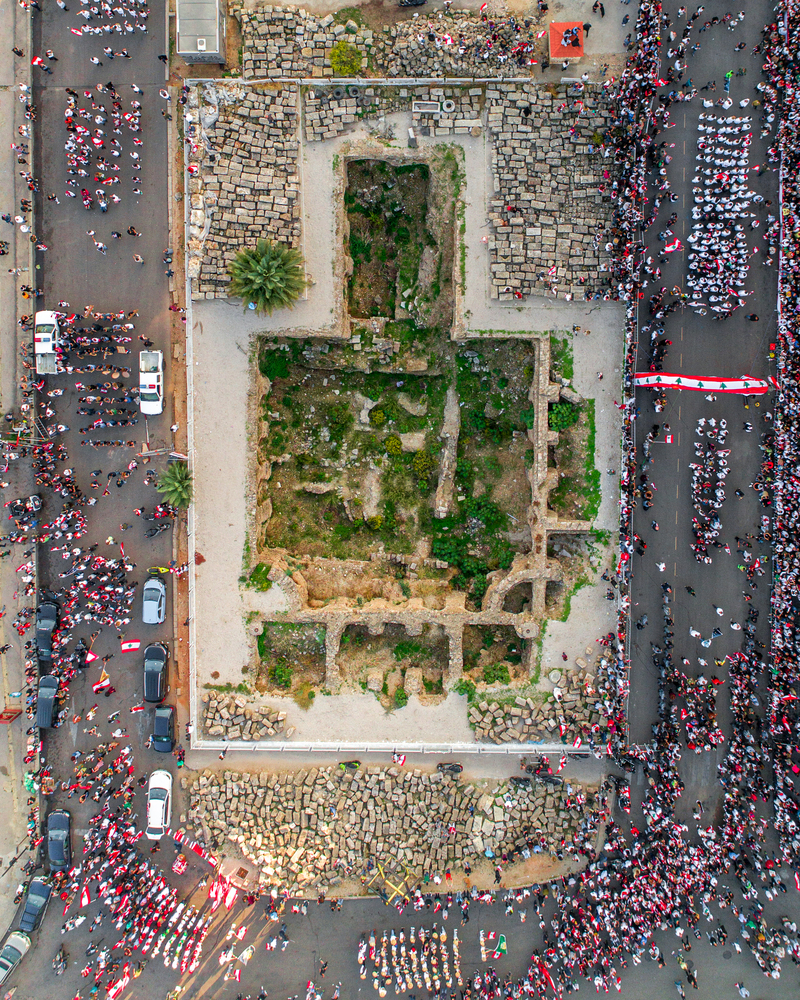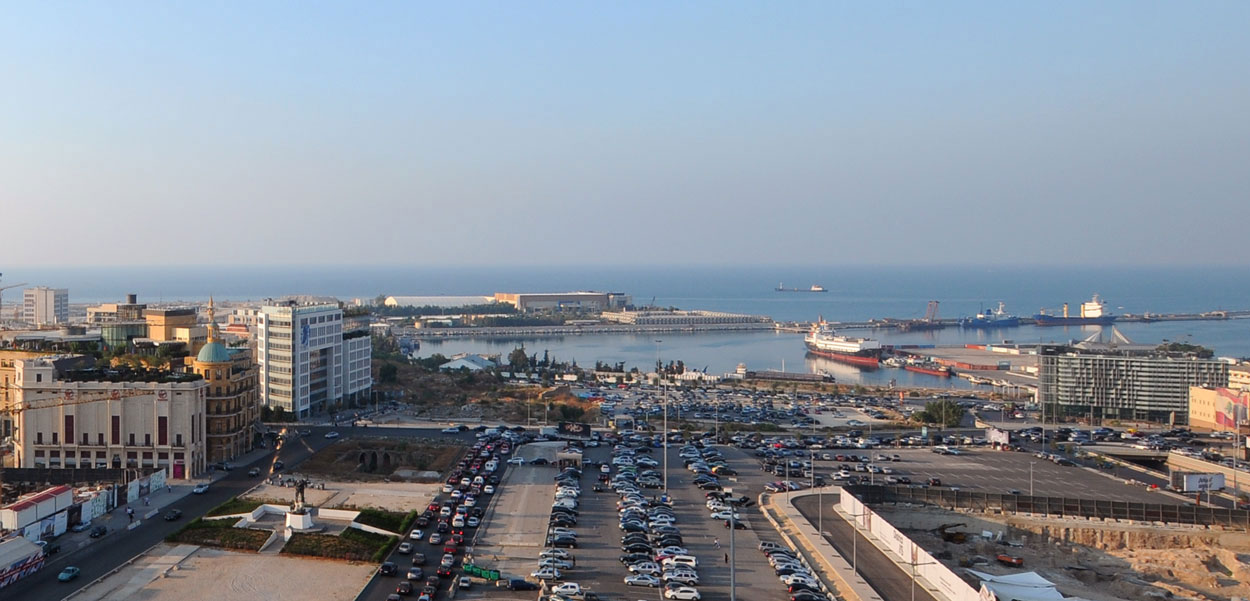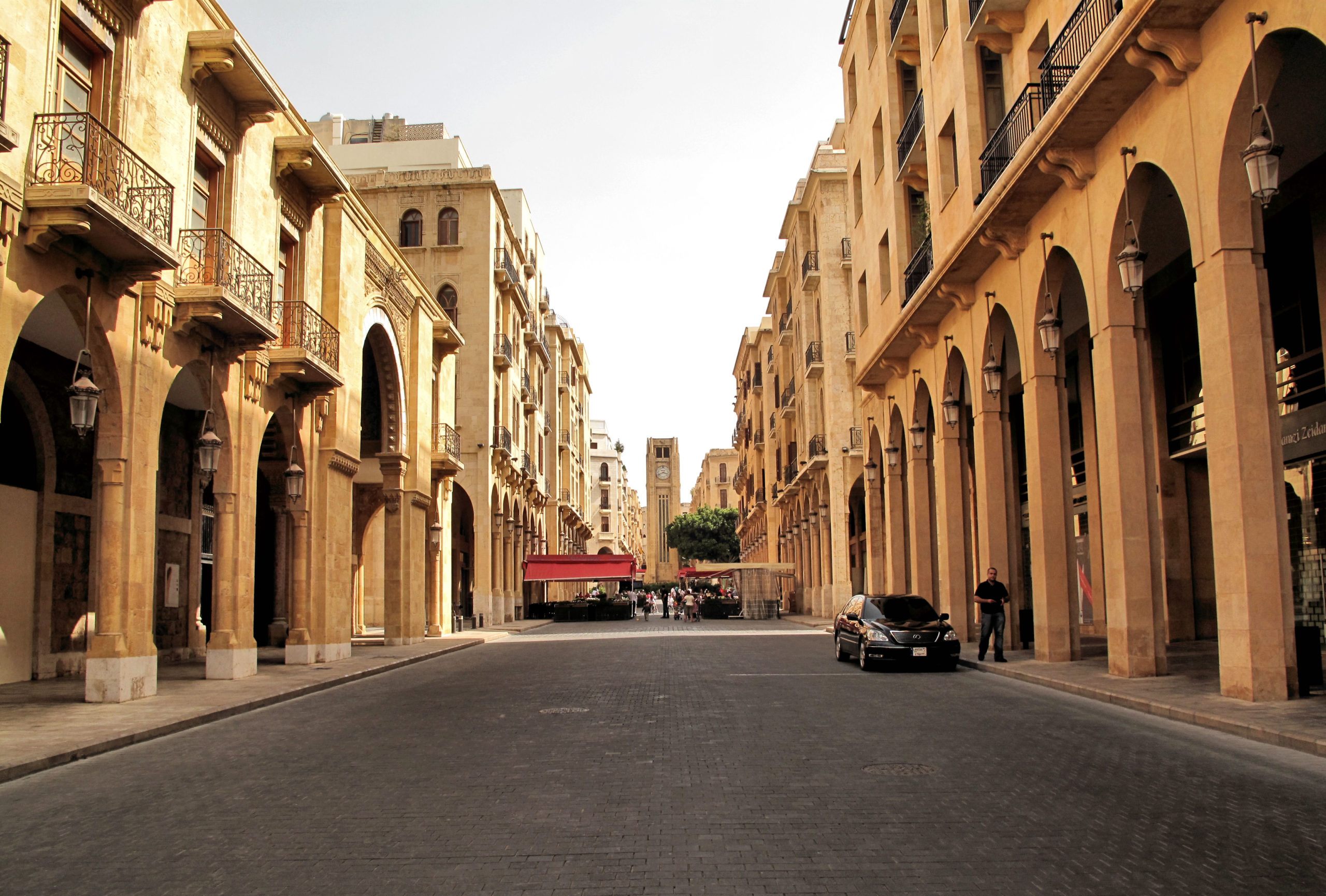Over the past few decades, cities have faced social and economic pressures that have disproportionately impacted the urban environment. Many significant historical centers and districts are demolished, and others just die of neglect and dilapidation. Such strains have brought attention to how regeneration can influence historical center changes.
What are the Characteristics of Historical Centers?
Historic city centers can be the nuclei of cities. A multitude of historic buildings and heritage sites characterizes them. Sometimes, these centers act as cultural nodes, not just a collection of structures. This is because their history and people give them meaning (Serageldin, Shluger, and Martin-Brown, 2001).
Historical centers are sometimes the locus of residential, economic, and cultural activities, especially in densely built-up areas. They reflect the city’s identity and act as areas that contain significant monuments and buildings of architectural and historical significance. The marked physical deterioration of these centers has dramatically impacted the tourism industry and the character and style of the city. Therefore, these areas need particular attention to survive under the waves of deterioration (Boussa, 2010).
Problems Facing Historical Centers
However, we have only recognized recently the need to preserve historical centers for their cultural and economic dimensions. It is prevalent that pollution eats away at historic buildings. Besides, the requirements of modern services such as water, electricity, and sewerage conflict with the desire to preserve the historical integrity of streets and structures.
Also, the migration of rural residents to urban and historic centers has led to an increasingly large and poor population in the historic core. Yet, the regeneration of historical centers is not a luxury. However, it is part of a collective obligation to understand and preserve history, tradition, and cultural diversity to combat a sense of transience and to attract tourists (Serageldin, Shluger, and Martin-Brown, 2001).
For these reasons, one can ask how to maintain these historical centers relevant in the present time. Also, how do we balance a contemporary urban population’s legitimate needs with preserving a city’s historic fabric? How do we reconcile conservation with sustainable urban development?
Regeneration of Historical Centers
According to the literature review, urban regeneration includes various definitions. Generally, it is defined as “a comprehensive and integrated vision and action, which leads to the resolution of urban problems and which seeks to bring about a lasting improvement in the economic, physical, social and environmental condition of an area that has been subjected to change” (Priority Actions Programme Activity Center Split, 2004).
Urban regeneration involves revitalizing troubled urban areas, rehabilitating historic sites, improving living conditions in residential districts, redeveloping public places (squares, parks, urban furniture), and modernizing urban infrastructure (water networks, gas, electricity, transport infrastructure). A complex project can only be achieved through cooperation between institutions, universities, urbanists, environmental associations, and builders (Alpopi and Manole, 2013).
The main reasons for the regeneration of historical centers can be classified into two categories. Firstly, urban heritage helps to forge national identities, enabling people to define who they are and where they are. Secondly, urban heritage may have assumed economic importance, as people increasingly want to reuse their historic areas and buildings as resources for trade and tourism to increase their income (Boussa, 2010).
The Regeneration of Beirut Historical Center
In recent years, Beirut’s city center has enjoyed a prime location at the heart of Lebanon’s capital and a privileged position on the waterfront. The historic center bears the marks of eleven civilizations, ranging from the Canaanite to the Ottoman. Its urban character and architectural style were formed during the Ottoman period and the French mandate (The Lebanese Company for the Development and Reconstruction of Beirut Central District, 2009).
During the 1975-1990 civil war, Beirut’s historic center bore the brunt of destruction within the entire infrastructure, and two-thirds of the buildings were left beyond salvage. Therefore, Beirut Central District (BCD), together with the government, formed a private development corporation called (SOLIDERE) (MedCities, 2005).
This led to the regeneration of Beirut’s historic center, a model of neo-liberal economic recovery. Hence, success in the city center is believed to heal the rest of the city and even the country. In this case, urban regeneration is defined principally by its capacity to provide an image of stability to attract foreign investments and tourism.
The restoration of Beirut’s historic core represents a significant urban regeneration achievement on a global scale. This is because most archaeological excavations are concentrated in the historic core conservation area. About one-third of the undestroyed urban fabric was salvaged, significantly impacting the overall project.
Moreover, Beirut’s Heritage Trail links archaeological sites, historic public places, and heritage buildings with over a 2.5 km walking circuit in the historic core of Beirut. It reveals the story of 5,000 years of history and takes the visitor through a historical journey of critical sites and monuments. The Beirut Heritage Trail restored 300 buildings within the city center using historic maps, photographs, and drawings to tell the story of Beirut’s past and present.
Tools of Regeneration in Historical Centers
Finally, it has been seen that urban regeneration of historical centers deals with the complex cultural, social, and economic tasks that call for equally wide-ranging measures. These plans need to be applied logically to the delicate grain of historical sites’ physical and social fabric. Thus, integrated and comprehensive urban regeneration strategies are necessary to revitalize historical centers.
Additionally, policies must be integrated into broader local development plans, including local resources, aspirations, and needs. All these are considered regeneration tools that can attract capital investments, enhance a city’s urban image, develop the tourism industry, and provide quality of life and competitiveness among other cities.
Egypt's Islamic Cultural Center. ©The Arab Contractors
Al Moaz Street, Egypt. ©DNE PHOTO
City Center of Barcelona, Spain. ©Kyrien/Getty Images
Al Moaz Street after regeneration. ©Egyptian Streets
Galata Bridge before regeneration. ©AramcoWorld
Galata Bridge after regeneration. ©Property Turkey
Martyrs' Square, Beirut. ©Rami Rizk
Martyrs Square after regeneration. ©Solidere
Beirut's Heritage Trail. ©Commons Wikimedia


